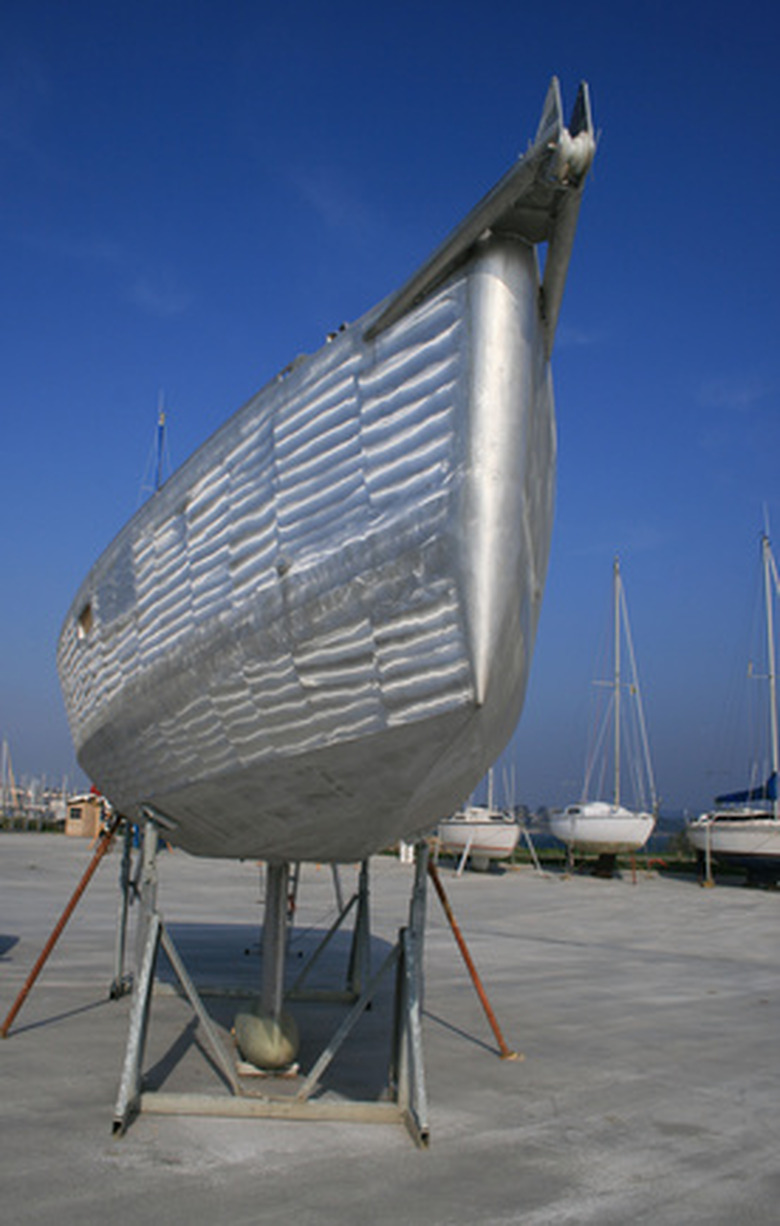Alodine Vs. Anodizing
Alodining and anodizing are procedures used to prevent the corrosion of aluminum and magnesium surfaces. While the results are similar, these processes differ in the way the protective coating is applied.
Corrosion
Corrosion
Metals exposed to water and oxygen will corrode over time. We call this rusting when iron is involved, but all metals will "rust," including aluminum and magnesium. To prevent this, a protective coating may be added to the surface.
Alodining
Alodining
Alodining is a process in which a metal is coated with a chemical called alodine. This coating hardens to the surface and can last for years if painted, not requiring reapplication.
Anodization
Anodization
Anodizing is the process of laying a metal in a solution of salts and running a current through it. This attracts metals from the salt to the metal's surface, which creates the protective coating.
Comparion of Processes
Comparion of Processes
Alodining is an inexpensive process and can serve as a primer, allowing the metal to be painted. Anodizing gives the metal a uniform coating of protection, but it requires specialized equipment, which can cost more.
Safety
Safety
These processes involve chemicals and electricity; therefore, safety measures must be taken. Before attempting either, proper training and equipment must be employed and chemical information should be reviewed.
Cite This Article
MLA
Carter, Myles. "Alodine Vs. Anodizing" sciencing.com, https://www.sciencing.com/alodine-vs-anodizing-6713942/. 24 April 2017.
APA
Carter, Myles. (2017, April 24). Alodine Vs. Anodizing. sciencing.com. Retrieved from https://www.sciencing.com/alodine-vs-anodizing-6713942/
Chicago
Carter, Myles. Alodine Vs. Anodizing last modified March 24, 2022. https://www.sciencing.com/alodine-vs-anodizing-6713942/
